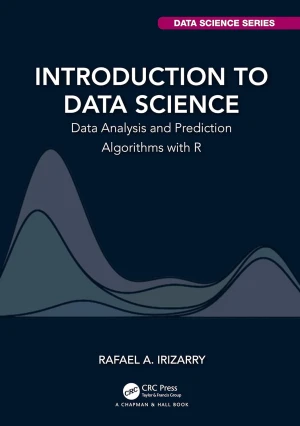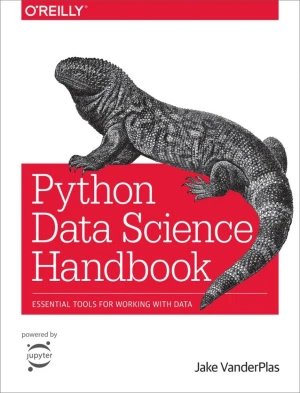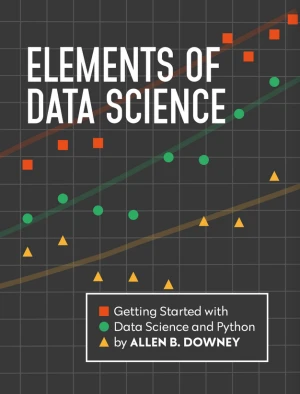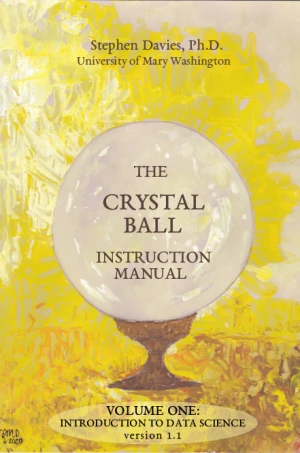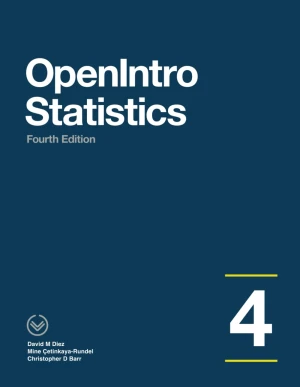Introduction to Data Science Using Python
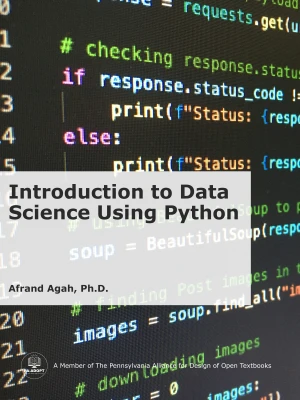
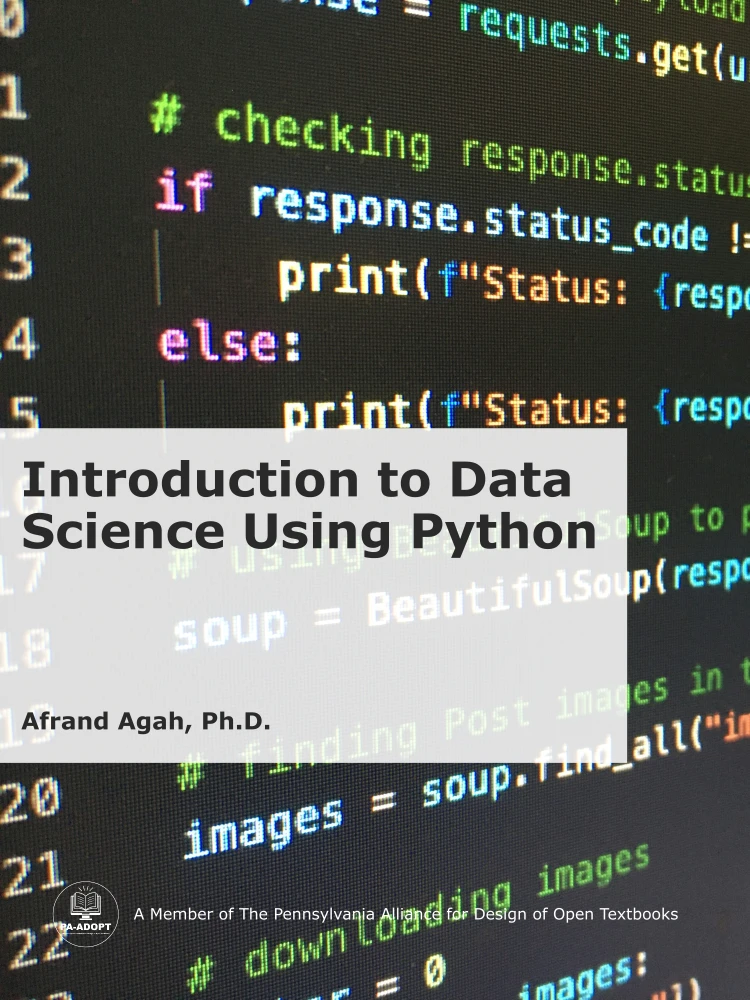
Book Details
| Author | Afrand Agah |
| Publisher | PA-ADOPT |
| Published | 2024 |
| Edition | 1st |
| Paperback | 117 pages |
| Language | English |
| License | Creative Commons Attribution-NonCommercial |
Book Description
Data science is the process of representing models that fit data. Its goal is to predict future output based on past observations of inputs. In data science, one collects information and interprets it to make decisions.
This open book contains two parts, the first is designed to be used in an introductory programming course for students looking to learn Python, without having any prior experience with programming. Basic programming concepts are discussed, explained, and illustrated with a Python program. Ample programming questions are provided for practice. The second part of the book utilizes machine-learning concepts and statistics to accomplish data-driven resolutions. Python programs are provided to apply scientific computing to conclude statistically driven results.
Python is a popular programming language because of its scalability, readability, and strong community support. But perhaps the most important aspect is its extensive libraries and frameworks.
This book is available under a Creative Commons Attribution-NonCommercial license (CC BY-NC), which means that you are free to copy, distribute, and modify it, as long as you attribute the source and don't use it for commercial purposes.
If you enjoyed the book and would like to support the author, you can purchase a printed copy (hardcover or paperback) from official retailers.
Download and Read Links
Share this Book
[localhost]# find . -name "*Similar_Books*"
Introduction to Data Science
Introduction to Data Science: Data Analysis and Prediction Algorithms with R introduces concepts and skills that can help you tackle real-world data analysis challenges. It covers concepts from probability, statistical inference, linear regression, and machine learning. It also helps you develop skills such as R programming, data wrangling, data vi
Python Data Science Handbook
For many researchers, Python is a first-class tool mainly because of its libraries for storing, manipulating, and gaining insight from data. Several resources exist for individual pieces of this data science stack, but only with the Python Data Science Handbook do you get them all - IPython, NumPy, Pandas, Matplotlib, Scikit-Learn, and other relate
Programming for Computations - Python, 2nd Edition
This book presents computer programming as a key method for solving mathematical problems. This second edition of the well-received book has been extensively revised: All code is now written in Python version 3.6 (no longer version 2.7). In addition, the two first chapters of the previous edition have been extended and split up into five new chapte
Elements of Data Science
Elements of Data Science is an introduction to the practical skills of working with data, written for people with no programming experience. Concepts are explained clearly and concisely, and exercises in each chapter demonstrate the real-world use of each feature. - Step-by-Step Approach: Learn how to execute a data science project from start to fi
The Crystal Ball Instruction Manual, Volume 1
Stephen Davies notes that if this marks the reader's first exposure to data science, they occupy an enviable position, with all the "cool stuff" still ahead of them. He expresses a sense of jealousy but also excitement to explore the field again with the reader. The text states that this field has changed the world on an incredibly short time scale
OpenIntro Statistics, 4th Edition
OpenIntro Statistics provides a traditional college-level introduction to the field of statistics. This widely adopted textbook offers an exceptional and accessible foundation for a diverse range of students, from those at community colleges to attendees of Ivy League institutions. It is estimated that approximately 20,000 students use this thoroug

